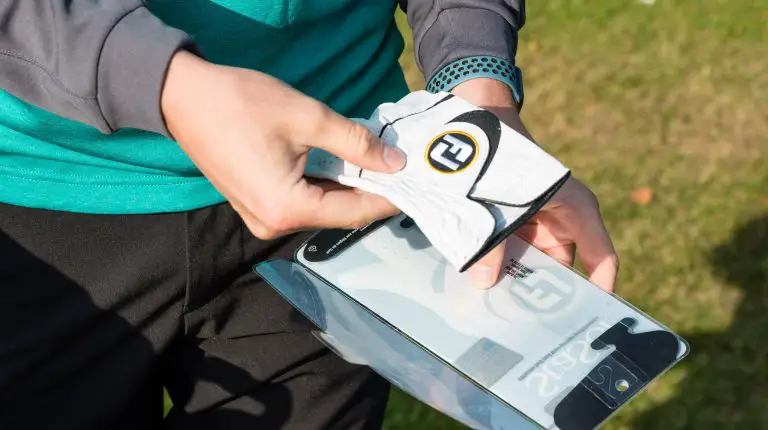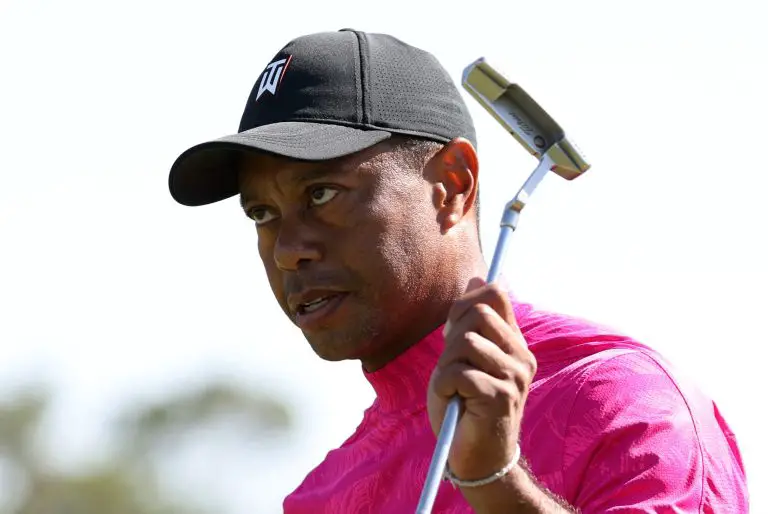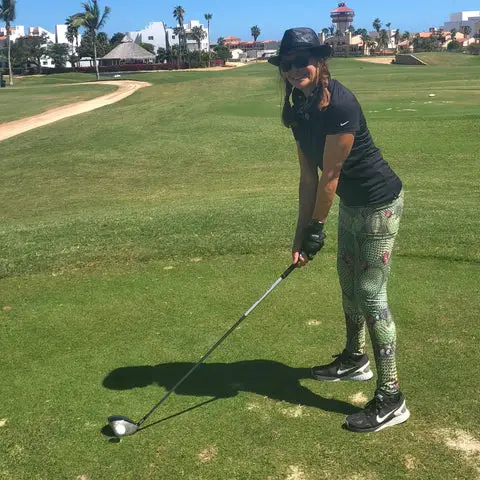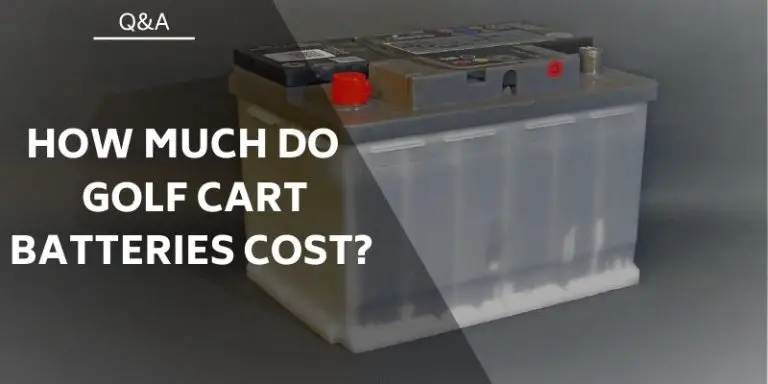Do Golf Gloves Prevent Blisters
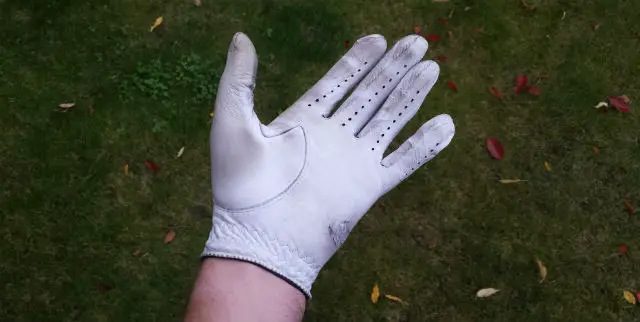
The answer to this question is both yes and no. Golf gloves will prevent blisters if they are properly fitted and if the right material is chosen. However, if the gloves are too big or made of a material that does not breathe, they can actually cause blisters.
Wearing a golf glove can help prevent blisters, but it’s not a guarantee. Blisters are caused by friction, so if your glove is too loose or slides around on your hand, you may still end up with blisters. It’s important to make sure your glove fits well and doesn’t slide around when you swing.
If you’re prone to blisters, you may also want to consider wearing two gloves – one on each hand – to further reduce the risk.
Golf Blisters on Non Glove Hand
Golf is a sport that requires a lot of hand movement and grip, making it easy for golfers to develop blisters on their hands. Blisters can be painful and affect a golfer’s performance, leading many to wonder if golf gloves can prevent blisters. The use of golf gloves is a common practice among golfers, but whether they actually prevent blisters is a subject of debate.
Golf gloves are designed to provide golfers with a better grip on their clubs and protect their hands from blisters and other injuries. They come in a variety of materials and styles, including full-fingered gloves and half-fingered gloves, also known as “golfing mitts.” While some golfers swear by the effectiveness of golf gloves in preventing blisters, others remain skeptical.
In this article, we will explore the topic of whether golf gloves prevent blisters in golf. We will discuss the causes of blisters in golf, the purpose and benefits of golf gloves, how to choose and properly wear and care for golf gloves, and whether wearing golf gloves actually prevents blisters. Additionally, we will provide other tips for preventing blisters in golf, such as proper hand care and technique. By the end of this article, you will have a better understanding of whether golf gloves are an effective tool in preventing blisters in golf and other options to consider.

What Causes Blisters in Golf
Blisters in golf are caused by friction between the golf club and the skin on the golfer’s hand. This friction can cause the skin to rub and become irritated, leading to the formation of blisters. Blisters are most common in areas of the hand that are in frequent contact with the club, such as the palm and fingers. Blisters can affect a golfer’s grip and cause discomfort or pain during play, ultimately impacting their performance on the course.
The Purpose of Golf Gloves
Golf gloves are designed to provide golfers with a better grip on their clubs and protect their hands from blisters and other injuries. Golf gloves come in a variety of materials, including leather, synthetic materials, and hybrid combinations. The most common types of golf gloves are full-fingered gloves and half-fingered gloves, also known as “golfing mitts.”
Benefits of Wearing Golf Gloves
Wearing golf gloves can provide several benefits for golfers, including protection from blisters. Golf gloves create a barrier between the skin and the golf club, reducing friction and preventing blisters from forming. In addition to blister prevention, golf gloves can also improve grip, reduce hand fatigue, and increase the durability of clubs.
How to Choose the Right Golf Gloves
Choosing the right golf gloves is important to ensure maximum comfort and effectiveness. When choosing golf gloves, golfers should consider factors such as sizing and fit, climate and weather conditions, and budget. It is important to select golf gloves that fit properly to avoid bunching or slipping during play. Golfers should also consider the climate and weather conditions they will be playing in to ensure that they select gloves that are appropriate for the conditions. Lastly, budget can be a factor in selecting golf gloves, with prices varying based on materials and quality.
How to Properly Wear and Care for Golf Gloves
Wearing golf gloves properly can further enhance their effectiveness in preventing blisters. Golfers should ensure that their gloves fit snugly and do not bunch or slip during play. Golf gloves should also be cleaned regularly to remove dirt and sweat buildup, which can cause odors and affect the gloves’ grip. When not in use, golf gloves should be stored in a cool, dry place to prevent damage and extend their lifespan.
Does Wearing Golf Gloves Prevent Blisters?
Wearing golf gloves can be an effective way to prevent blisters on the hands. The gloves create a barrier between the skin and the golf club, reducing friction and preventing blisters from forming. Evidence for the effectiveness of golf gloves in preventing blisters is supported by studies that have found a reduction in the incidence of blisters when golfers wear gloves.
Other Tips for Preventing Blisters in Golf
In addition to wearing golf gloves, there are other tips that golfers can follow to prevent blisters on their hands. Proper hand care, including moisturizing and trimming nails, can help reduce the likelihood of blisters. Golfers should also focus on maintaining proper swing technique to avoid excess rubbing or pressure on the hands. Alternatives to golf gloves, such as grip-enhancing tape or powders, may also be effective in reducing friction and preventing blisters.
Conclusion
In conclusion, golf gloves can be an effective tool in preventing blisters on the hands during play. By providing a barrier between the skin and the golf club, golf gloves reduce friction and can help golfers maintain a comfortable and secure grip. When choosing golf gloves, it’s important to consider factors such as sizing and fit, weather conditions, and budget to ensure maximum effectiveness and comfort. To extend the lifespan of golf gloves, proper care and storage are also essential.
However, wearing golf gloves may not be the only way to prevent blisters. Proper hand care, maintaining proper swing technique, and using grip-enhancing alternatives to golf gloves are other options to consider. Ultimately, golfers should experiment with different methods and equipment to find what works best for them.
In summary, while golf gloves can be an effective way to prevent blisters in golf, there are other factors to consider. Proper hand care and technique can also help reduce the likelihood of blisters, while alternatives to golf gloves may also be effective. By taking steps to prevent blisters, golfers can enjoy the game with greater comfort and performance.

